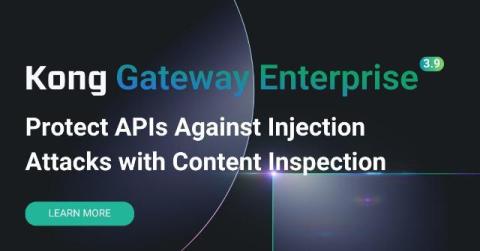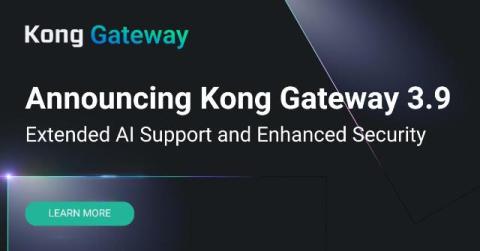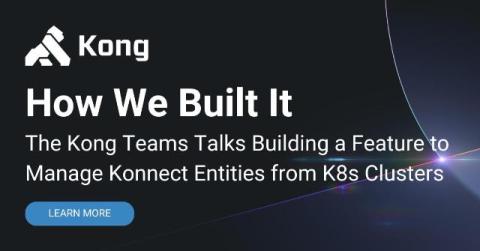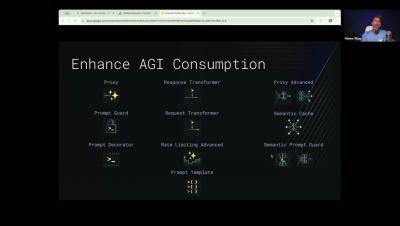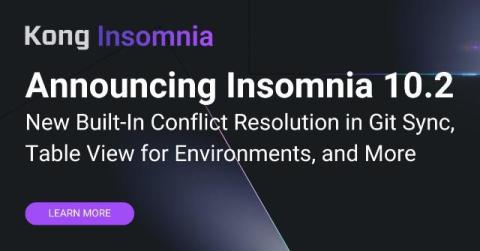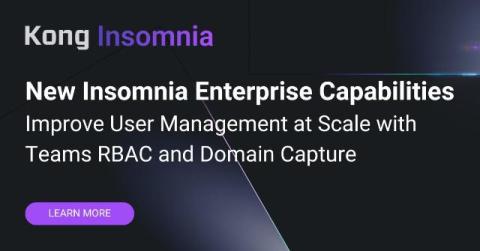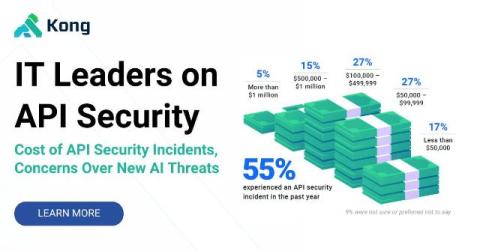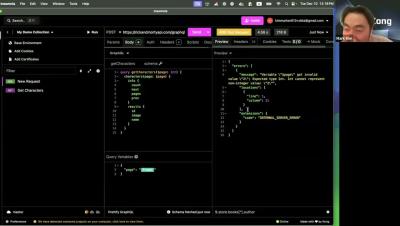Protect APIs Against Injection Attacks with Content Inspection
APIs facilitate effortless communication and data exchange between applications and services. However, their inherent design, which codifies service capabilities within the API definition, makes them easily exploitable by malicious actors. API attacks in the US alone are projected to cost $506 billion this decade — and are expected to surge 996% by 2030. And API-related breaches lead to more leaked data than the average security breach, according to Gartner.


